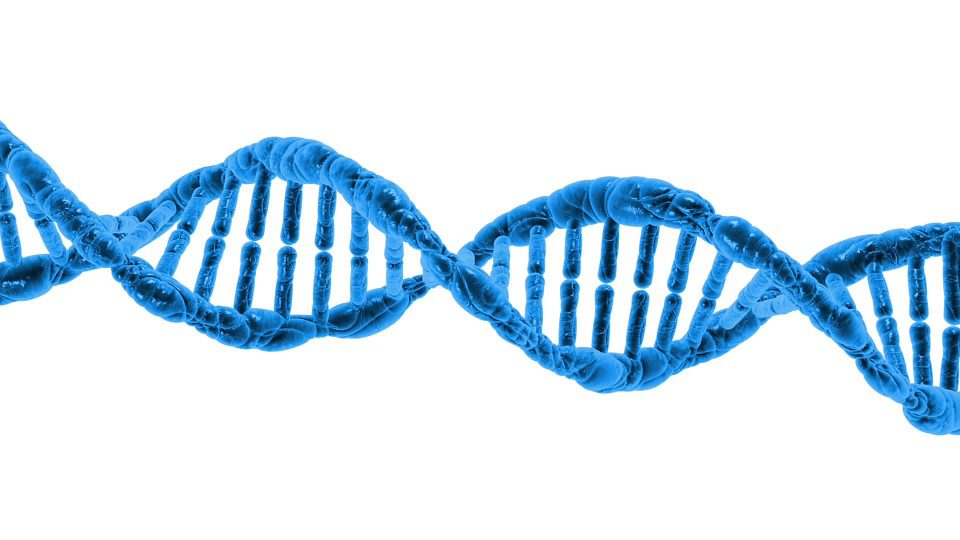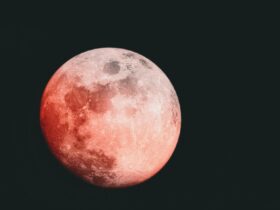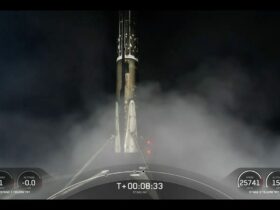Peptides, which are smaller forms of proteins and are one of the fundamental building components essential for life to exist, are the subject of a new study. They regulate a variety of bodily functions, and they normally require the presence of water to develop.
Peptides are made up of chemical substances called amino acids. The new research shows how such a chemical precursor termed amino ketene, which may be used to make the amino acid glycine, can be made in space and without the presence of water. The water stage, in fact, can be bypassed.
To demonstrate a chemical pathway that operates at nearly one quadrillionth of standard air pressure as well as at a temperature of negative 263 degrees Celsius, the researchers employed an ultra-high vacuum system to simulate space and substrates to resemble dust particles.
The researchers discovered amino ketene in the studies, and the extremely reactive behavior of amino ketene particles was probably vital to the reaction occurring at all – otherwise, it would just be too cold to work.
It’s possible that the circumstances within cosmic dust clouds allow peptides to develop, which is how they got to Earth. It’s another line of inquiry for scientists, demonstrating that the proper chemical composition within our own earth was not really required to create life.
Despite the amino ketene molecules’ high reactivity, the scientists were surprised by the results, and they believe quantum mechanics may have played a role in overcoming the activation energy barrier to the chemical process. If that’s the case, hydrogen atoms may be tunneling under the energy barrier instead of surmounting it at these ultra-small sizes. That’s one of the topics that might be researched more in the future.
Scientists are already working to determine which elements for life came from space and which were blended here on Earth. The new research adds to our understanding of the origins of life, both on Earth and on other worlds.
The findings were reported in the journal Nature Astronomy.















Leave a Reply